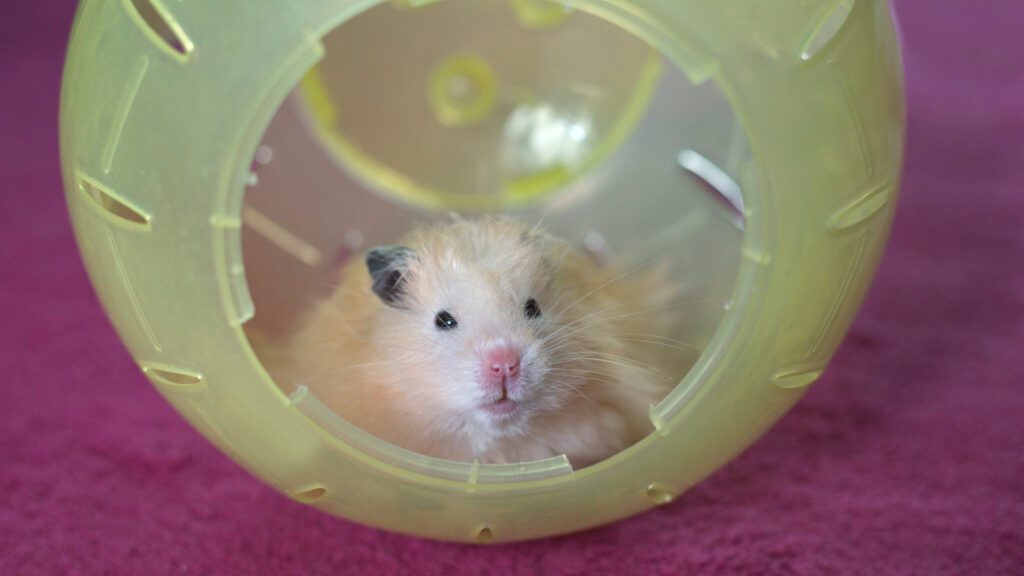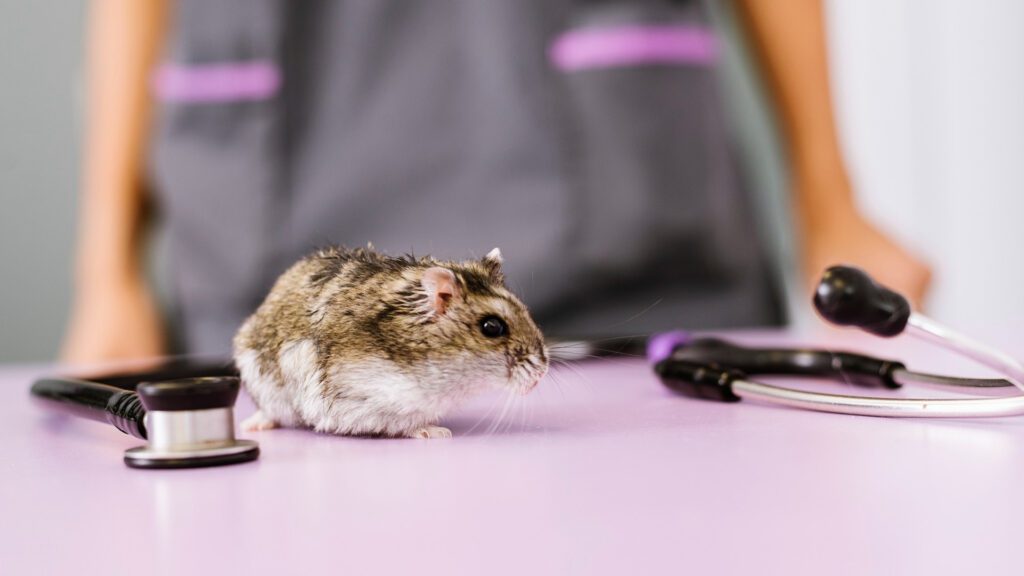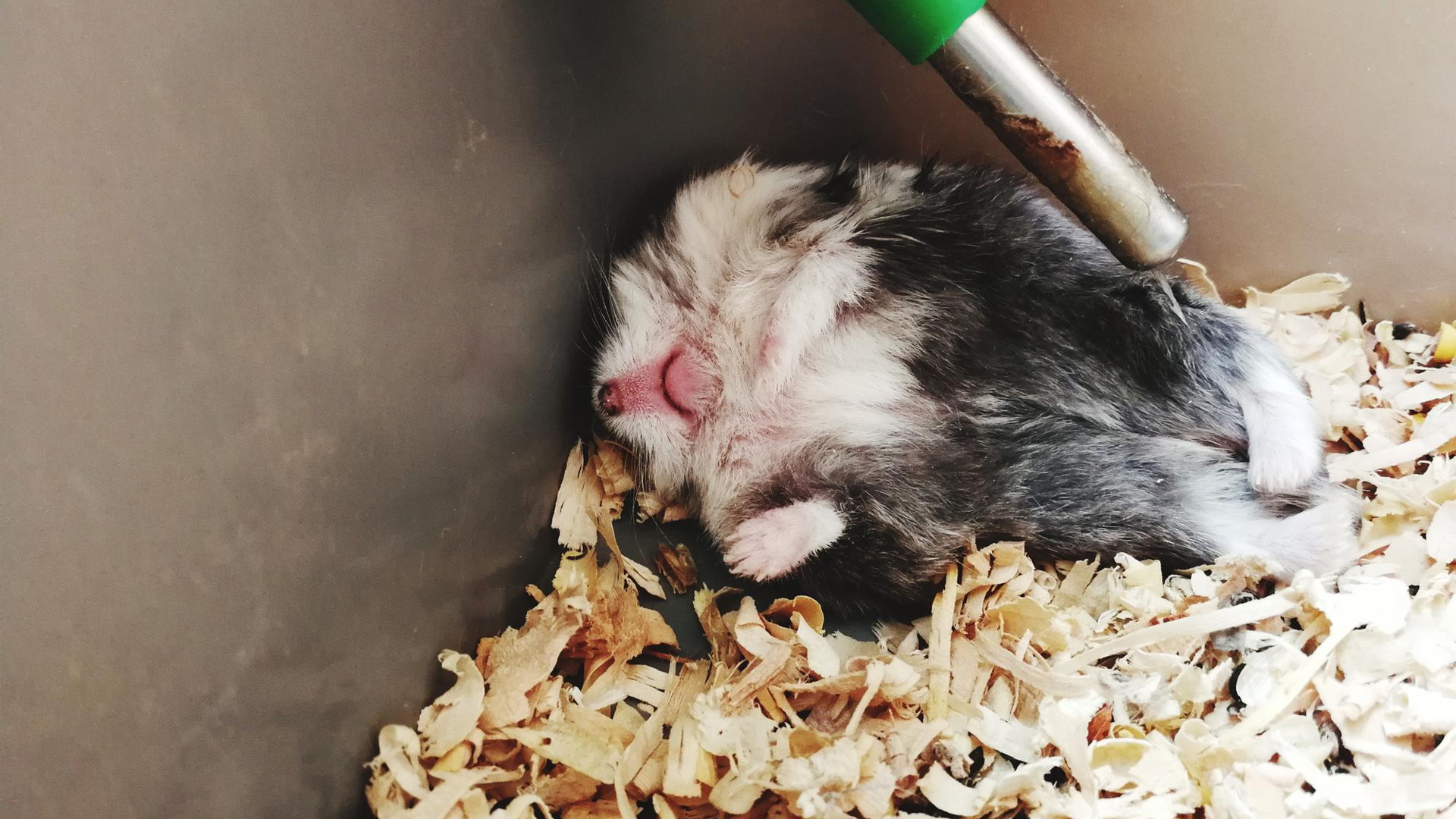Have you got hamster fever and are thinking about getting one? Well, you need to know that hamsters don’t live for that long! But why is that so?
Keep reading to learn why hamsters die early and discover tips to increase their lifespan!
Why Do Hamsters Die So Easily?
Hamsters are small and delicate creatures. They have short lifespans, usually living only 2 to 3 years. Several factors contribute to their fragility.
Hamsters are prone to stress. Loud noises, sudden movements, or environmental changes can frighten them. Stress weakens their immune systems, making them more susceptible to illness.
Hamsters can develop health issues. Common problems include respiratory infections, tumors, and dental diseases. These conditions can arise quickly and may be hard to notice once it’s too late.
Hamsters need a balanced diet of pellets, fresh fruits, and vegetables. Poor nutrition can lead to obesity and other health problems.
9 Causes of Sudden Death in Hamsters
Breeders might not realize the side effects of an inbreeding hamster. This root cause of death in hamsters goes unnoticed. Below are some other major causes, including:
Heart Disease
Heart disease is common in hamsters, especially as they age. The most common type of hereditary disease is Polymyopathy, which leads to heart disease and failure.
Wet Tail
Wet tail is a serious intestinal condition that causes severe diarrhea. It could occur for many reasons, such as improper diet, habitat overcrowding, and stress. To identify this condition, look for visible signs of watery discharge and wait 24 hours.
If the condition worsens after 24 hours, contact your veterinarian and get it checked immediately.
Old Age

As hamsters age, they become more susceptible to health problems. Older hamsters may show weakness, reduced activity, and weight loss.
Congestive heart failure is considered to be the leading cause of sudden deaths in older hamsters.
Infections
Lymphocytic choriomeningitis virus (LMCV) is an uncommon infection in hamsters that is fatal in small rodents.
Hamsters also suffer from various other infections, including respiratory and skin diseases. Symptoms may include sneezing, coughing, or unusual lumps.
Cancer
Young Syrian hamsters are commonly prone to developing Hamster polyomavirus (HaPV), and older Syrian hamsters develop epitheliomas, which later cause skin cancer affecting the gastrointestinal tract and appendages.
Another severe cancer is Lymphoma. Common signs include hair loss, lumps, weight loss, and changes in appetite.
Kidney Disease
Female hamsters are more prone to kidney disease. Symptoms include increased thirst, urination, and rapid weight loss.
This could be alarming if your hamster has started to gain or lose weight faster. Make small changes in its poor diet by adding high-water-content sources.
Amyloidosis
Amyloidosis is a protein buildup in organs, often affecting the kidneys and causing other organ failure. Symptoms include lethargy and swelling, especially in female hamsters.
Diabetes
Diabetes is a metabolic disorder in hamsters that is hardest to detect. These are common in dwarf hamsters. Symptoms include excessive thirst and urination.
Though veterinary medicine can be the ultimate solution for hamsters with diabetes, some hamsters may find it difficult to digest.
Parasites
Mites and other pesticides are the worst possible reasons a hamster dies quickly. They infest the body slowly and gradually, and poor hamsters cannot fight them off.
Early Signs of Illness in Hamsters

Hamsters are small pets that can hide their illnesses well. As a pet owner, it’s important to watch for signs that your hamster may be unwell. Here are some early signs to look for:
Change in Appetite: It may be sick if your hamster eats less or not at all.
Lethargy: If your hamster is less active than usual or sleeping more, this could indicate a problem.
Wet or Dirty Fur: If your hamster’s fur looks matted or dirty, it might not be properly grooming itself.
Abnormal Behavior: Pay attention to your hamster’s unusual behavior, such as being more aggressive or hiding all the time.
Weight Loss: If you notice your hamster losing weight, it could indicate illness.
Respiratory Issues: Listen for wheezing or labored breathing. This could indicate an infection.
Changes in Stool: Diarrhea or dry droppings can signal underlying health issues.
Ways To Increase The Lifespan of Your Hamster
Check out these tips if you want to keep your hamster around longer!
Provide a Spacious Cage
Choose a cage that allows your hamster to move freely. A larger space encourages exercise and reduces stress.
Limit Stress
Handle your hamster gently and avoid loud noises. Create a calm environment to help reduce anxiety.
Ensure Fresh Water
Always provide clean, fresh water. Change it daily and check for leaks in water bottles.
Offer a Balanced Diet
Feed your hamster a mix of high-quality pellets, fresh vegetables, and occasional treats. Avoid sugary or fatty snacks.
Maintain a Clean Environment
Regularly clean the cage to prevent odors and bacteria. Change bedding weekly and spot clean daily.
Provide Enrichment
Include toys, tunnels, and climbing structures. This keeps your hamster mentally stimulated and active.
Avoid Temperature Extremes
Keep the cage in a cool, dry place away from direct sunlight. Hamsters prefer temperatures between 65°F and 75°F.
Is My Hamster in Hibernation or Dead?
Hibernation is a natural process for hamsters, where they go into a deep sleep to save energy and stay warm during chilly weather. During this time, your hamster’s body temperature drops significantly, and their breathing slows.
Seeing your hamster in this state can be alarming, as they may seem almost lifeless. However, this is a normal behavior for them when it’s cold.
To ensure they are hibernating and not in distress, gently look for subtle movements that indicate breathing. You can also try to feel a heartbeat by gently touching their chest.
Wrapping Up
Hamsters are fragile creatures. Their delicate immune system exposes them to various health concerns like heart diseases, watery diarrhea, slow metabolism, and atrial thrombosis, which are common in older hamsters. To prevent early hamster deaths, ensure proper care and regular veterinary visits.


